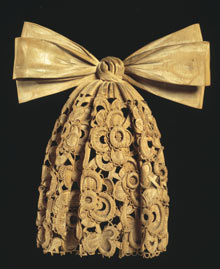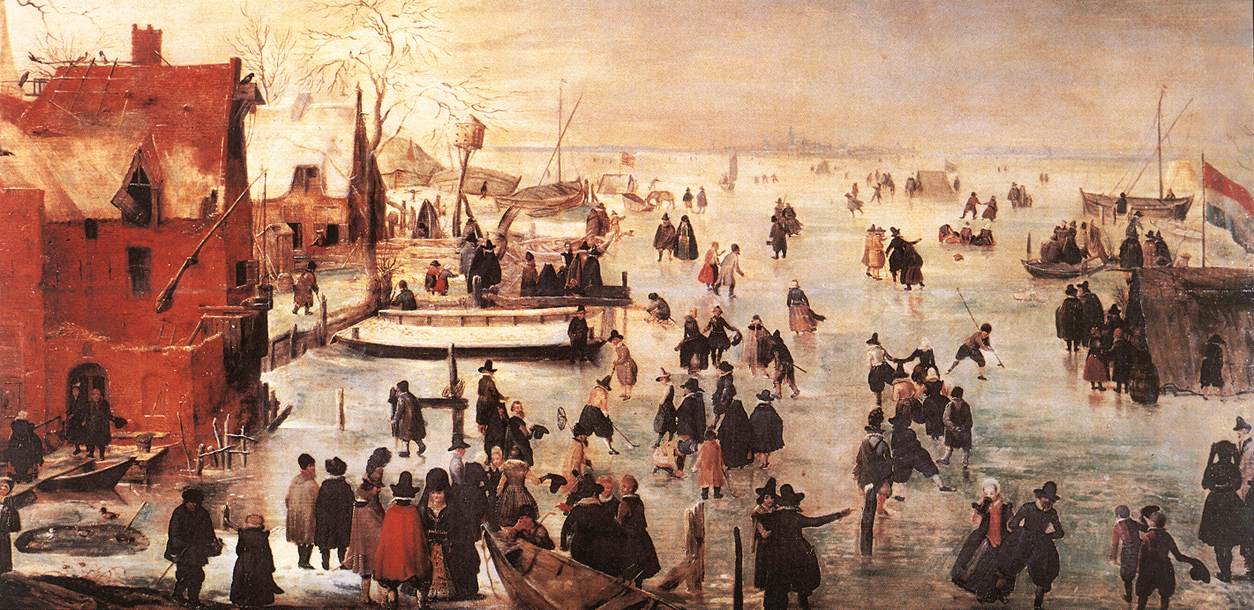
I have loved researching 17th Century botany and herbs for my novels, The Lady’s Slipper and The Gilded Lily. For both of them I have had to research the botanical beliefs of a society that relied on native plants for a good many things, including medicine, cleaning agents, and home-manufactured goods such as cloth. One of my characters is a “cunning woman”, a person skilled in folk medicine. She has no daughters and is looking for someone to whom she can hand down her vast store of knowledge. Remedies were passed down orally, and the plants used were readily and commonly available to a populace which was mostly illiterate. Because little was written about it, evidence of these remedies is most often to be found in kitchen manuals because cooking and medicine were so closely related.
The difference between folk medicine and the “official” medicine was largely that folk medicine used plants that occurred naturally in Britain and had not been brought over from abroad. Official medicine drew on metals, chemical compounds and herbs and spices imported from other countries, such as the Mediterranean or Arabia. Physicians could charge more for their exotic-sounding imports, which by dint of their strangeness appeared to offer more appeal.
In the 17th century many Folk remedies were “simples”, ie a single species of plants used as a cure or palliative, whereas apothecaries mixed perhaps thirty or more of ingredients for their “treacles”. Venice treacle, given by Thomas Sydenham to Lady Sedley in 1686, contained more than 70 ingredients including:
wormwood, orange peel, angelica, nutmeg, horseradish, scurvy grass, white horehound, centaury, camomile, and juniper berries. All infused in 5 pints of sack!
And what was this medicine for? A headache.
 Servants probably made do with feverfew leaves, and were probably better off for it. So in one of my books the middle-class Thomas Ibbetson is given a ‘drench’ (Pouring a vast quantity of liquid medicine into the throat) which worsens rather than cures his condition. In the 17th century, the richer you were, the more likely you were to die of the treatment rather than the disease. Mercury and antimony were common remedies, as was copious blood-letting to release stagnant humours.
Servants probably made do with feverfew leaves, and were probably better off for it. So in one of my books the middle-class Thomas Ibbetson is given a ‘drench’ (Pouring a vast quantity of liquid medicine into the throat) which worsens rather than cures his condition. In the 17th century, the richer you were, the more likely you were to die of the treatment rather than the disease. Mercury and antimony were common remedies, as was copious blood-letting to release stagnant humours. 17th century herbalists such as Gerard, Pechy and the Puritan, Culpeper, were immensely influential in their day, and there was much cross-over between the medicinal and the domestic. For example Culpeper recommends the leaves of the Alder tree for burns, but also for attracting fleas. The leaves were strewed on the ground to attract the fleas, and then the whole lot could be swept out and disposed of. Culpeper’s Herbal is one of the few 17th Century books still in print today. I can also recommend Nicholas Woolley’s book about Culpeper, The Herbalist.
Napier’s History of Herbal Healing says that nettles were used as a pot herb in the Spring, but also its fibres were used in weaving instead of flax, to make tablecloths, sheets and even shirts! It was used medicinally to treat anaemia and as a general tonic, and also to dye the hair as it produced an intense yellow dye. With interest in ‘green’ products today, nettle fibre is again being used to make clothing.
Along with the practical uses of plants was a vast body of mythological lore, both superstitious and religious. Ideas such as that making love under a Rowan tree was a certain cure for infertility, were common. So the herbs themselves were used in a broad rather than a narrow context, embracing the physical, emotional and spiritual being of the user. Many people believed in the “doctrine of signatures” of Paracelsus. This suggests that each plant bears a physical sign, placed there by God, of what it should be used for. So the small bulbs of celandines should be used for piles, because that’s what they look like.
In The Lady’s Slipper, Alice Ibbetson is an artist fascinated by painting wild-flowers, the lady’s slipper being a rare wildflower with medicinal properties.
In The Gilded Lily the plants are used as a beauty aid by Ella Appleby, a serving maid who becomes obsessed with her appearance and the glitter and glamour of Restoration London.
 |
| Nettle blouse! |
Many 17th century beauty preparations involved common plants. One for a fair complexion is to “take wilde Tansy and lay it to soake in buttermilke.” I haven't tried this yet, but I probably will.For more recipes I can recommend The Artifice of Beauty by Sally Pointer.
This post was first written for the Hoydens and Firebrands blog, why not visit them - a great site about the seventeenth century.














































